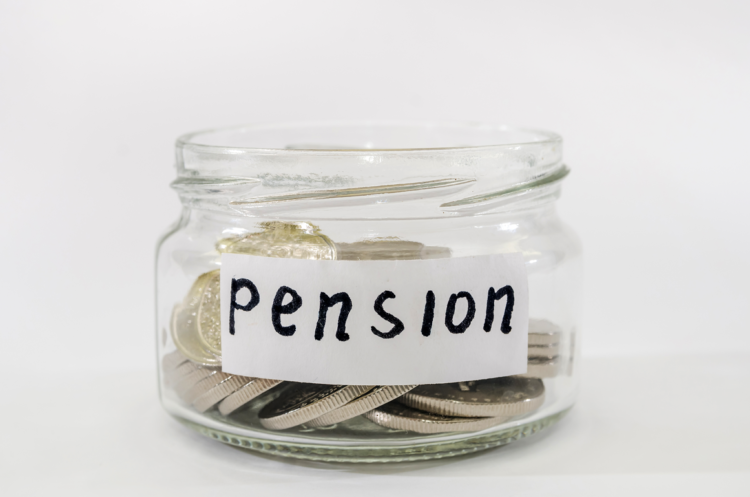In a letter to the chair of the Work and Pensions Committee (WPC), Minister for Pensions Laura Trott MBE MP has stated the government’s aims to create a metric for measuring the gender pension gap, with a view to reducing it.
Trott said: “I am working with officials within the department and across government to settle on an agreed definition. I am also looking at the possibility of regular reporting on the gender pension gap by [the Department for Work and Pensions (DWP)] in order to better highlight the issue publicly.”
According to research conducted last year by Now Pensions and the Pensions Policy Institute (PPI), approximately three million women in the UK were locked entirely out of workplace pension saving in 2022. This was due to various factors, such as larger numbers of women being in lower-paid or part-time positions and not meeting the minimum requirements for auto-enrolment – 23% of women did not meet the criteria, compared with 12% of men.
The report found that the gender pension gap was £136,800 on average, with women’s pension wealth amounting to 33.5% of men’s. However, Helen Morrissey, head of retirement analysis at Hargreaves Lansdown, said any figures in circulation are unreliable, which is another reason for standardised reporting.
Morrissey said: “The challenge will be how best to define it – we have seen several reports in recent times quoting different numbers – having one definitive set of data will bring real focus to the issue.”
In 2017, the Equality Act 2010 (Gender Pay Gap Information) Regulations came into effect, making annual reporting of pay gap data a legal requirement for businesses with more than 250 employees. However, the government has been unclear on what a similar reporting system would look like for pensions.
Morrissey, added: “Gender pension gap reporting would do much to highlight this hugely important issue and help track how it is developing. The gender pay gap is much discussed, but what is less widely understood is how this – and a number of other factors – feed through into women’s retirement savings and the gap is likely much bigger than that of pay.”
Kate Smith, head of pensions at Aegon, told Benefits Expert that the current economic environment would likely be widening the gender pension gap, following closely on a pandemic that heavily affected the finances and employment of women, and particularly women from ethnic minorities.
Smith said: “Like many others in the pensions industry, we are really concerned that the gender pensions gap isn’t improving and could widen further due to cost of living pressures, should women cut their pension contributions or worse leave the workplace, for example due to the rising childcare costs.
“The true scale of the pensions gender gap is unknown as there’s no definitive or consistent metrics to measure the gap. Having this, and a baseline will enable everyone to see progress made on narrowing the gap, and ideally provide insight into which policy intervention makes the most difference. We look forward to working with the Pensions Minister and bringing this issue out into the open.”
Trott’s letter, which concerned the WPC’s ‘Saving for later life’ report, also confirmed that government is looking to bring forward legislation regarding auto-enrolment in the mid-2020s. This included acting on the recommendations made in the 2017 review, ‘Maintaining the momentum’, such as lowering the age threshold and the lower limit of the qualifying earnings band, so that contributions are paid from age 18 and on the first pound earned.
Trott also stated that the government would monitor the take-up of Pension Wise and the effectiveness of the nudges provided for those reaching retirement, as well as address the lack of pension saving among self-employed workers in the UK.













